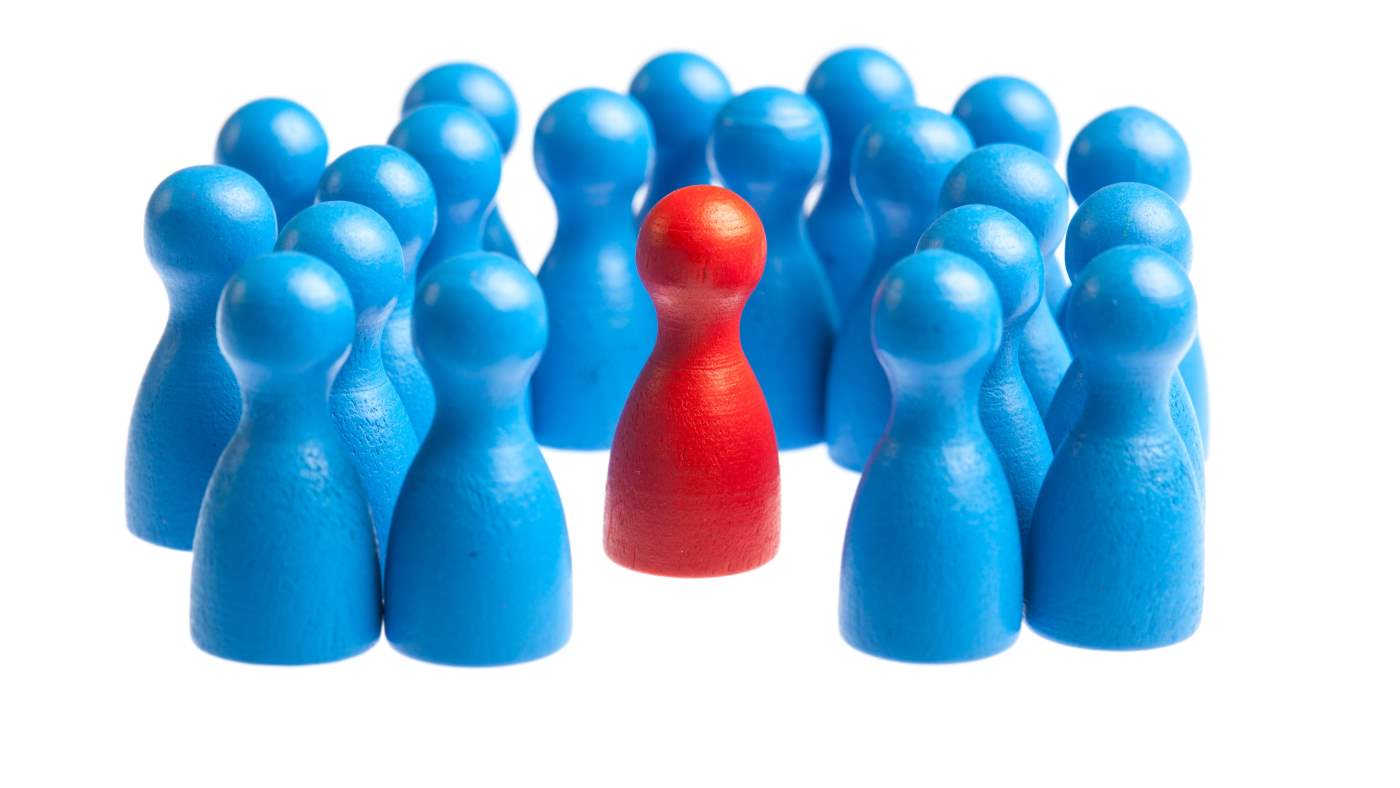Look! The world is full of similarities and differences

Your toddler's world is an ever-growing array of colours, shapes, smells and tastes – some similar, some different. As they become more aware of what's around them, and show interest in particular things, they can make connections between what they see and how these look like the things that really spark their interest.
Your toddler has been learning about items and objects since they were a baby, and now they are beginning to extend their early sorting and classification of objects.
Scientists suggest that babies start to sort and classify objects from quite early on in life.[1] They start with quite broad classifications, like ‘big’ and ‘small’, which begin to refine into toddlerhood.
Your toddler bases their classification on their perception of objects and items.
Babies, toddlers and children learn through perception. Perception is the interpretation of information received through our senses.
Research suggests that toddlers use their perception to group objects according to shape, size, movement and function[1,2,3] and they use this perception to notice when things are the same or different.
Your toddler's connections will keep on growing.
You might notice your toddler groups objects and toys as they play. They are likely to notice similarities and differences between things they are familiar with or interested in at first, but then might expand this to spotting differences and making connections much more often.
Perhaps your toddler is interested in animals, and they might notice that a horse in a field looks like their toy horse at home, or that it looks different because that horse is big and theirs is small.
Their understanding of the world around them is becoming richer, helping them to make links between the things they see.
Your toddler constantly processes tons of information from their memory, experiences, language and the attention they have paid to the objects around them.[4]
They are now figuring out what is the same and what is different in the categories they have already learned about. You could be on a walk and your toddler notices that there is one bus in a group of cars in a traffic jam, or that a bush has leaves when none of the others do.
There’s so much to make sense of in the world and, with a growing brain, your toddler is working out the best way to read, understand and interpret all the information they are receiving.[4]
Noticing similarities and differences is a form of scientific processing.
When your toddler notices differences and similarities, they can begin to make observations about the world and learn about broad topics such as seasons, transport and diversity.
You can support your toddler’s growing understanding of similarities and differences by having lots of conversations and looking at books that celebrate our wonderful world and the people, objects and things within it.
References:
[1] Santrock, J. (2011) Child Development, 13th Edition. McGraw Hill.
[2] Goswami. U. (2015) Childrens Cognitive Development and Learning. A report for the Cambridge Primary Review Trust.
[3] Peters, R. E., Kueser, J. B., & Borovsky, A. (2021). Perceptual Connectivity Influences Toddlers' Attention to Known Objects and Subsequent Label Processing. Brain sciences, 11(2), 163.
[4] Gärdenfors, P. (2020) Primary Cognitive Categories Are Determined by Their Invariances. Frontiers in Psychology